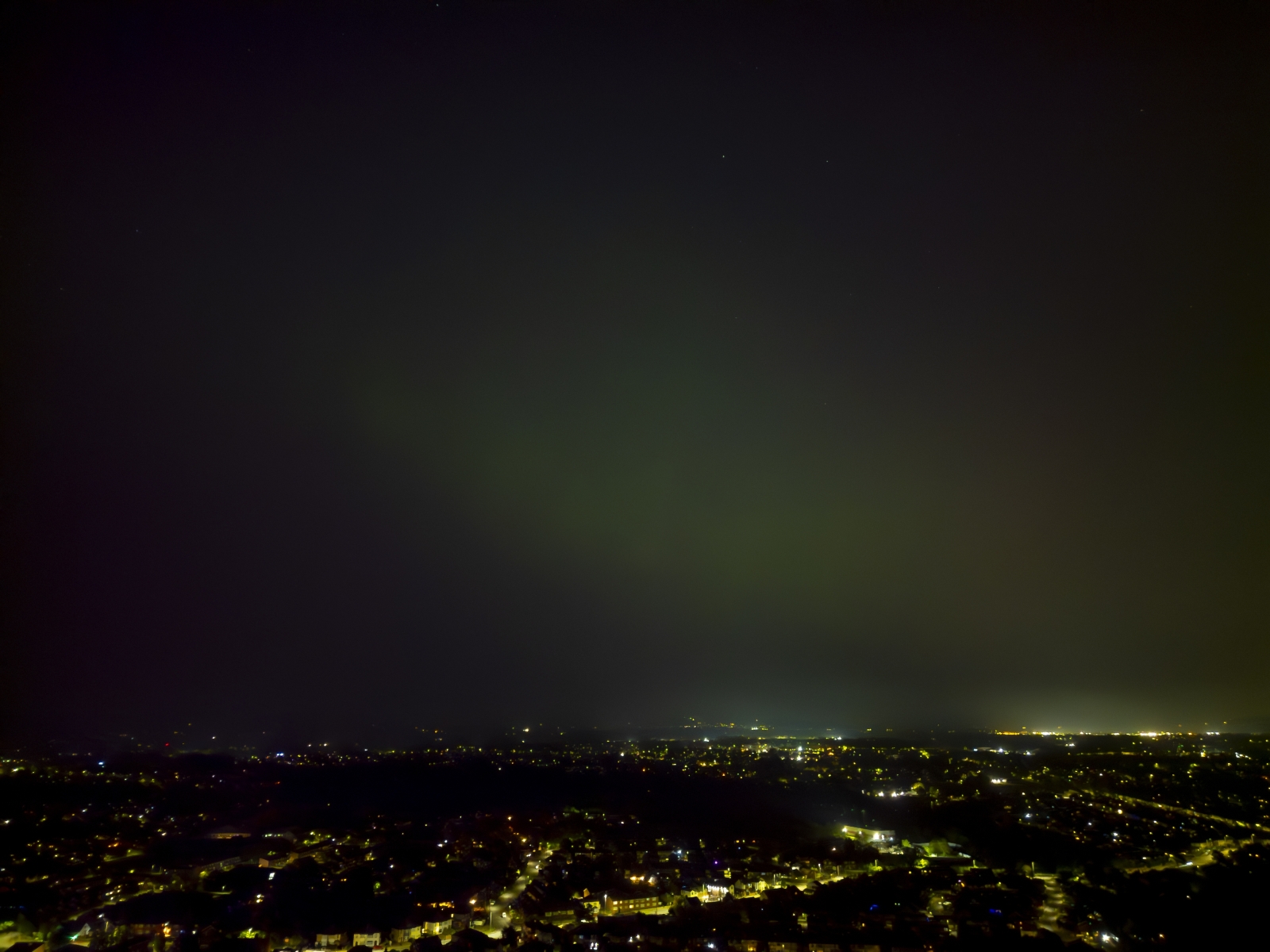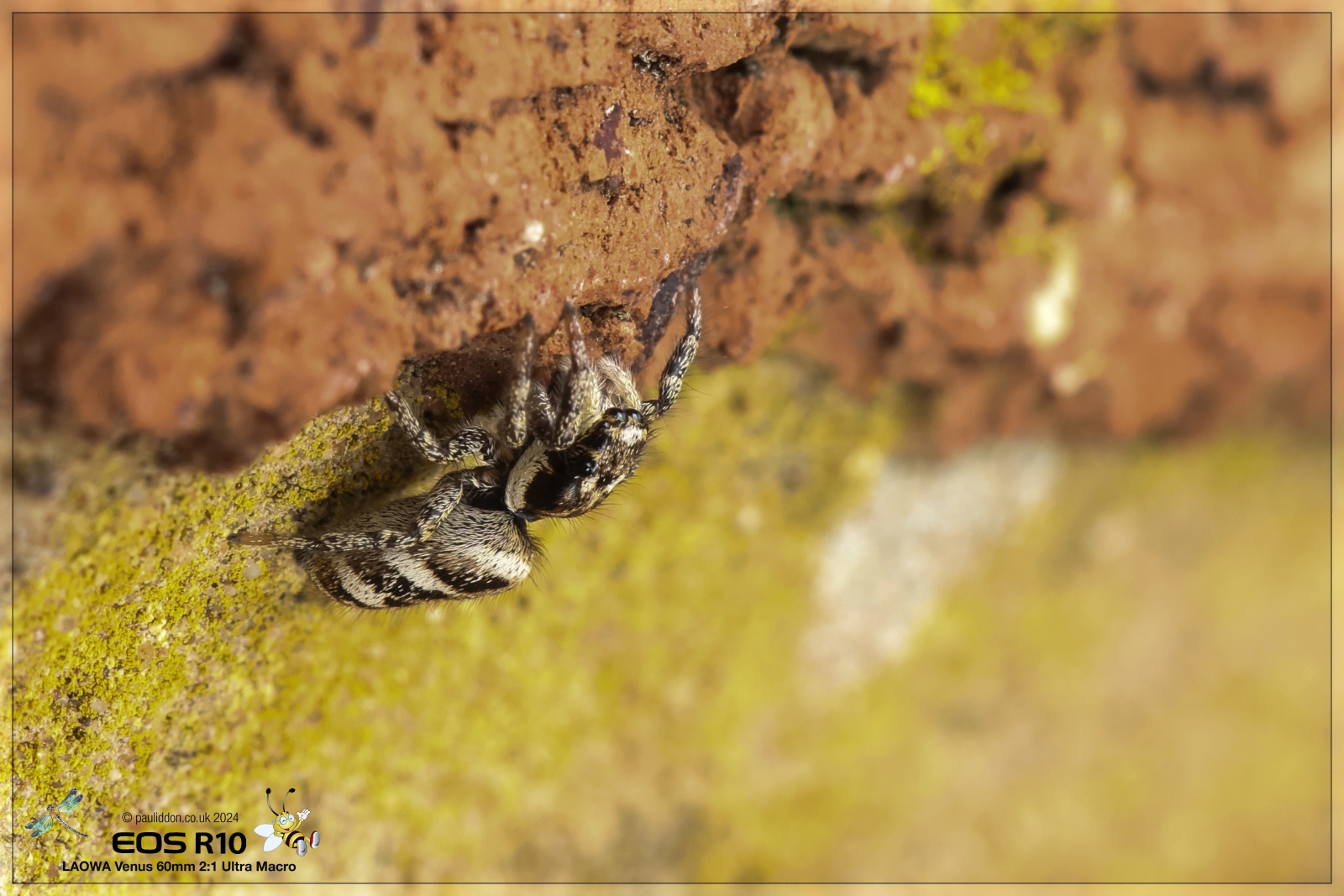-
Posts
6,871 -
Joined
-
Last visited
-
Days Won
203
Content Type
Profiles
Forums
Events
Members' Showcase
Posts posted by Paul
-
-
The village of Ribchester with the outlying hamlet of Stydd is situated in the picturesque Ribble Valley in the heart of rural Lancashire. Ribchester grew out of the ruins of the Roman fort of Bremetenaccum and the Parish Church of St Wilfrid's stands where the principal buildings of the fort would have been.
Join my flight starting over the River Ribble and head towards the beautiful church before we look at the remains of the masonry walls of several rooms belonging to a Roman bath complex from the 2nd century CE. The church is built on top of the Roman fort of Bremetennacum Veteranorum, and stones from the fort are built into the fabric of the church (indeed, a former rector claimed that two Doric pillars supporting the organ loft came from the Roman fort). A similar pair of pillars support the porch of the White Bull Hotel nearby.
The fort was established in the late 1st or early 2nd century AD and grew to become a substantial and important cavalry fort, with a sizeable town growing up around it. It seems likely that by the 6th century the town, which became known as Riblecastre, would have had a small wooden church, probably on the site of the old Roman Principium.
Music: As Baile (2008 Remaster) · Enya
Paul.
-
The Alston Observatory - Jeremiah Horrocks Institute - UCLAN
The Alston Observatory is the purpose-built teaching and public outreach facility of the Jeremiah Horrocks Institute. It comprises a group of both modern and historical telescopes, a new Discovery Dome planetarium system and an exhibit on Telescopes as Time Machines funded by the Royal Astronomical Society.
A research-grade facility located near Preston, the observatory is run by enthusiastic astronomers from the University of Central Lancashire, the facility is accessible to the public during special monthly open evenings from October through March.
The centerpiece is the brand new Moses Holden Telescope, a 70 cm diameter state-of-the-art robotic telescope used for both undergraduate teaching and to encourage public engagement in science. Alongside the MHT we also have a range of smaller robotic telescopes ranging in size from 20 to 30 cm in diameter. Additionally there is the historic Wilfred Hall Telescope hosted on behalf of the Royal Astronomical Society.
The Discovery Dome is an exciting system that allows a laptop computer and digital projector to display movies onto a planetarium dome, located in our main building, as well as enhanced planetarium shows. This enables both informative material to be presented for evening events, and educational material for curriculum enhancement.
The musical accompaniment is the Blue Danube Waltz composed by Johann Strauss - performed by the Berlin Philharmonic Orchestra which is used in the Stanley Kubrick masterpiece "2001 - A Space Oddyssy"Paul.
-
Really good focus.
Paul.
-
 1
1
-
-
Marvellous.
Paul.
-
 1
1
-
-
Amazing show, so much better than I saw.
Paul.
-
-
7 hours ago, Apatchy said:
Nice shots, can`t wait to get my macro gear out when the weather warms up a bit more.

Yeah, it's still a bit chilly yet...
Paul.
-
Quick look into the garden area tonight and my usual horde of spiders are beginning to show up.
The cellar spider(s) Pholcus phalangioides in the shed will soon fatten up with this years baby parlour, the Amauobious sp. are coming to drum on the fence, and my ever-increasing Steatoda nobilis false widows (rabbit hutch spiders) are bossing the top of the fence panels in greater numbers than previously.



Paul.
-
 1
1
-
-
It's cool - and very "busy" with potential life...
Paul.
-
 1
1
-
-
1 hour ago, Clicker said:
So there was a hospital there in the vicinity before ..... and this church was an integral part of the site ?
The church was in the grounds of Whittingham Hospital, which hospital opened in 1873 as the Fourth Lancashire County Asylum and grew to be the largest mental hospital in Britain. It has been closed since 1995. In the past two decades, the scandal-hit complex - which includes a graveyard and the abandoned Grade II-listed St John's Church in the vast grounds - fell into ruin.
For years, especially when the derelict building were still there, it was a popular location for urban explorer and local teens looking for adventure. However, it is private land and security would often patrol the area to deter trespassers.
The hospital was famous for its pioneering use of electroencephalograms (EEGs) to diagnoses patients. The system measures electrical impulses on the scalp.
The hospital's dark and scandalous side is what it is remembered for, with reports of patients being left unattended for long periods of time, physically abused and starved. In summer 1967, student nurses working there submitted complaints reporting cruelty and fraud. As a result, the hospital opened an inquiry in to the poor conditions and accusations of corruption.
Due to the advancement of available treatment for in-patients with mental health conditions and large institutions like Whittingham falling out of favour, patients gradually returned home or transferred to newer facilities. It was also used as a military hospital to treat soldiers injured during World War I and II.
Paul.
-
 1
1
-
-
On 13/04/2024 at 22:49, Clicker said:
Do tell us a bit more about this church Paul .... It looks a fine building and apart from some broken windows appears in fairly decent repair ... it doesn't seem derelict so what is the story ....?
Love the great control you seem to have with the drone now too ...
In 2021, it was reported that Preston Council gave the go-ahead for work to begin immediately on securing the future of the 148-year-old Grade II Listed building before it suffers irreparable damage. Plans were approved to carry out major works on the leaking roof and masonry, together with replacing timber floor joists and panelling inside, treating dry and wet rot and removing the remains of the organ and pews.
A report to the city council said the repairs were necessary because of the damage caused by rainfall getting into the building over a long period. It said the problems "need to be resolved urgently to avoid further deterioration to the historic fabric of the building." It also stated that although some of the original fabric of the church would be lost, there was no alternative if the building was to be saved.
"This proposal provides a set of reinstatement and repair works that would halt the decay and preserve the building for the future," said the report. "On this basis, whilst the urgency of the repairs will result in the loss of ‘damaged’ fabric, it is considered that this approach is justified. The repairs works are required for the long term goal of securing the asset which is considered to be a significant public benefit."
When the hospital closed down in 1995 the church became obsolete. Yet it still remains while many of the other hospital buildings have since been flattened.
Hundreds of new homes have been built on the site, with phase one delivering 150 houses. This work still continues with more being built today.
Paul.
-
On 13/04/2024 at 22:56, Clicker said:
Thats a beautifully executed video Paul ... Your editing skills are brilliant ... I felt a great sense of history too and Enya always provides such atmospheric soundtracks. A job well done Sir !
Thanks Polly - I may have found another church not too far away to go and see soon...
Paul.
-
That's really nice.
Pauul.
-
2 hours ago, Apatchy said:
Great shot, not seen any of these yet this year.
A bit more sun needed to bring them out to play...
.gif)
Paul.
-
18 hours ago, Ryewolf said:
Great video Paul, interesting lych gate at the end.
Thanks Geoff.
Re the lych gate - November 1896 saw the beiginning of the construction of the Lych Gate, given in memory of Mr. & Mrs W.A. Hulton, of Hurst Grange. The gate was dedicate in March of 1897 by the bishop of Manchester; a commemorative plaque fixed to it is dated 1896. Carved over the north portal is the inscription “ DOMINUS CUSTODIAT EXITUM TUUM” and over the south portal “DOMINUS CUSTODIAT INTROITUM TUUM”
The two inscriptions mean “The Lord preserve thy going out” and “The Lord preserve they going in” - they are probably based on Psalm 121.8.
Paul.
-
18 hours ago, Ryewolf said:
Great video Paul, but also sad that so many old buildings are now just neglected, a church literally 2 minutes walk from me was recently turned into apartments
Unusual to convert a church that way - they are (I always thought) graded/listed buildings and hard to change...
Paul.
-
18 hours ago, Ryewolf said:
Nice jumping spider Paul, wondered where you'd been
Like most macro folks, waiting, waiting, waiting!
ope the bugs come out soon properly, lol.
Paul.
-
The now, sadly derelict, Church of St John, comprising of a chancel, nave, aisles and a tower, was built in the grounds of the County Lunatic Asylum, Whittingham.
As with all Victorian Institutions of the day, religion played a great part and, it was to this end that a Church was built within the grounds and was named St John's. The contract for the erection of a Church and a Chaplain's house was awarded in September 1871, estimated costings being £4,632.00 and £1,579. 8s 2d respectively.
An organ was purchased and installed in the Church at a cost of £250. St John's Church was Church of England, and provision for Roman Catholics was made in a room set aside in one of the wards. In June 1875 the Church was licensed by the Bishop of Manchester. The first hospital chaplain was the Rev W T Palmour. The Asylum cemetery was consecrated in 1895, again by the Bishop of Manchester and the chaplain was subsequently awarded 2/6d for each burial service performed.
J. Pachelbel - Canon in D Major (Arranged by Lee Galloway) performed by Kassia.
Paul.
-
 2
2
-
-
St. Mary's is the parish church of the Ancient Parish of Penwortham and dates from the 14th century. Although located in an urban area its setting is very attractive being in the midst of ancient woodland.
Now almost overwhelmed by urban Preston, the church of St Mary's stands on the wooded site near the remains of a Saxon fortification, overlooking an ancient crossing of the River Ribble.
After the Norman Conquest, William the Conqueror gave Penwortham to Roger de Poicteau, and it was perhaps this Roger who was responsible for building the Norman motte which can easily be seen beside the church. The churchyard is accessed by way of a lych gate erected in 1896.
Paul.
-
 2
2
-
-
-
Could be an important find... maybe show it to a local museum person to examine?
Paul.
-
Worth digging up John
.gif)
Paul.
-
 1
1
-
-
Thank you for sharing a memory John, a difficult time for all when we suffer a loss of a loved one. Stay strong and safe.
Paul.
-
 1
1
-
-
On 21/01/2024 at 10:06, Ryewolf said:
Great set Paul.
Thank you Geoff
.gif)
Paul.









St Michael’s on Wyre Church
in Video
Posted
St Michael’s Church is old enough to be mentioned in the Domesday Book as ‘Michelescherce’.
Bounded by the River Wyre, it has been called St Michaels-on-Wyre since the 1100s. The earliest parts of the present building are Norman, as can be evidenced by the door on its north side. The site is even older though and there has probably been a church here since Saxon times.
The church is typical of late Medieval churches of northern England and is constructed of sandstone ashlar and rubble. The plan consists of a tower at the west end, a chancel and nave under a continuous roof and a chapel to the north. The tower is said to date from 1549.
Paul.